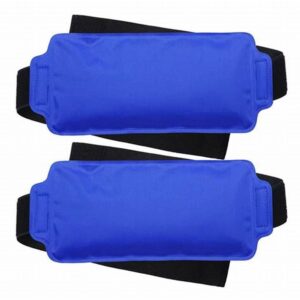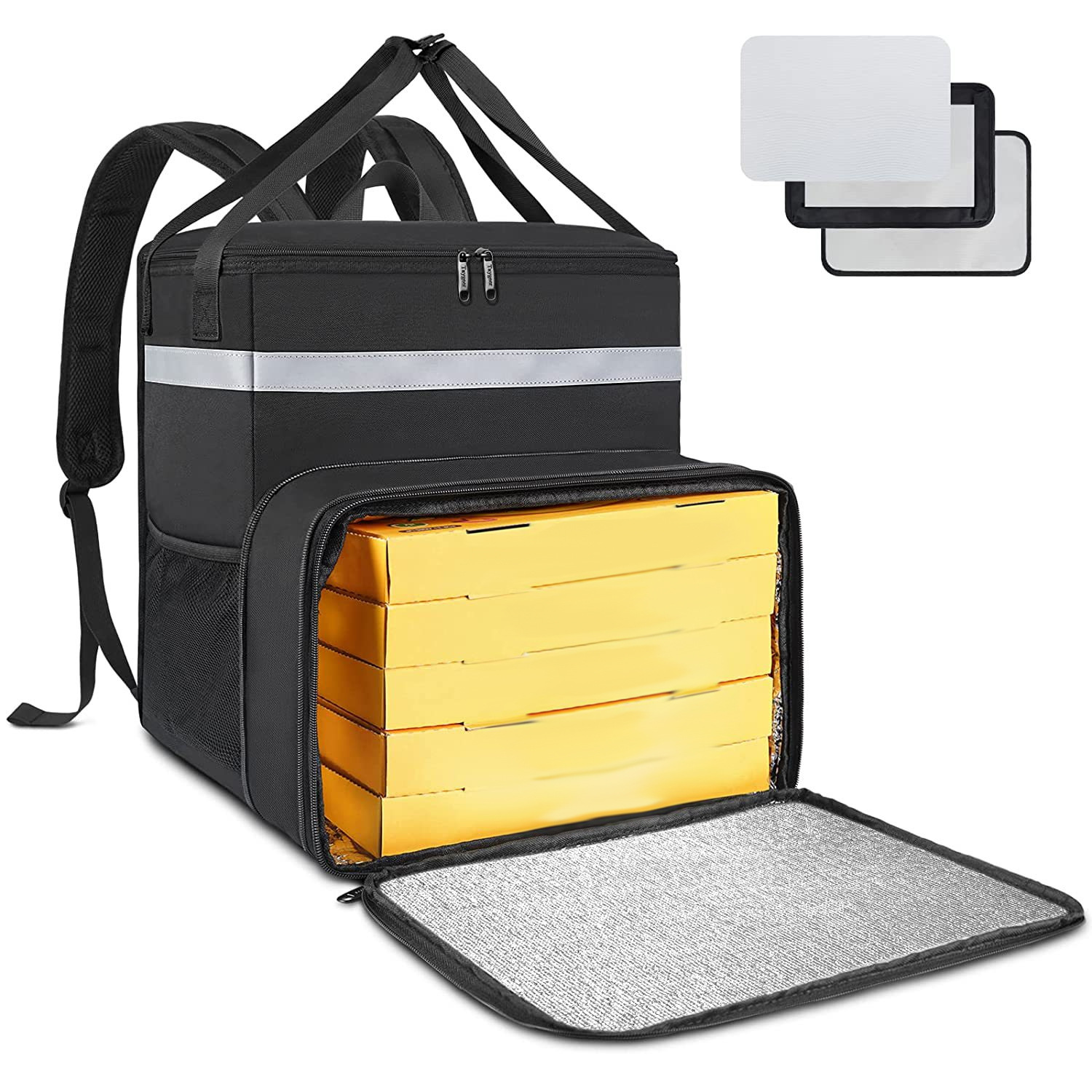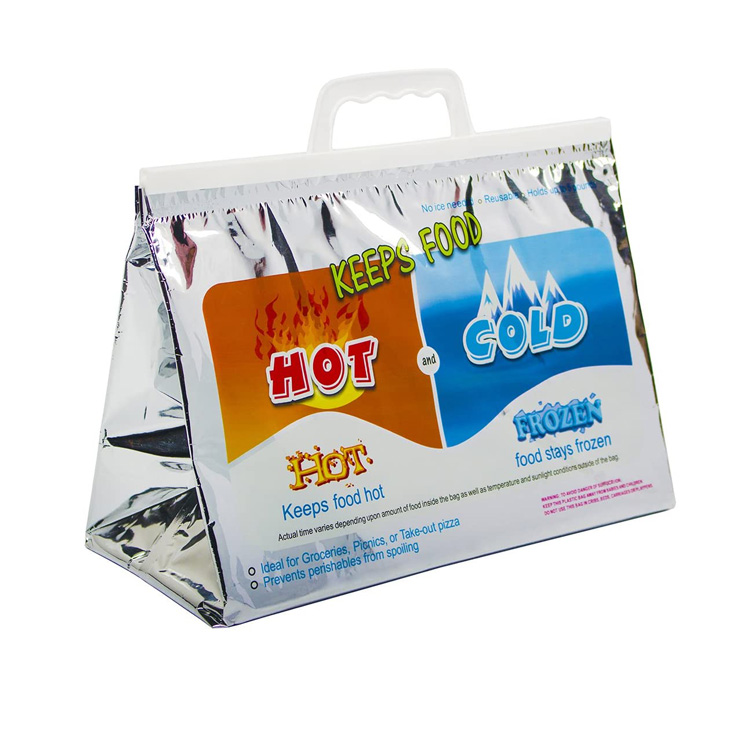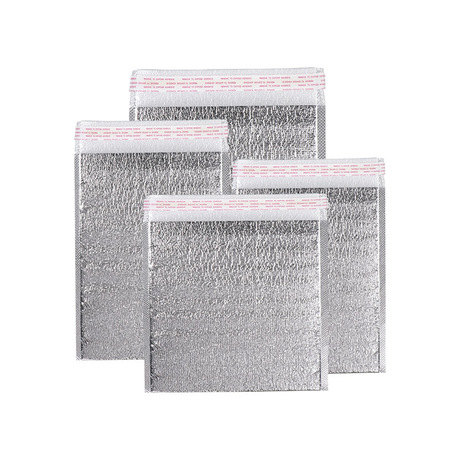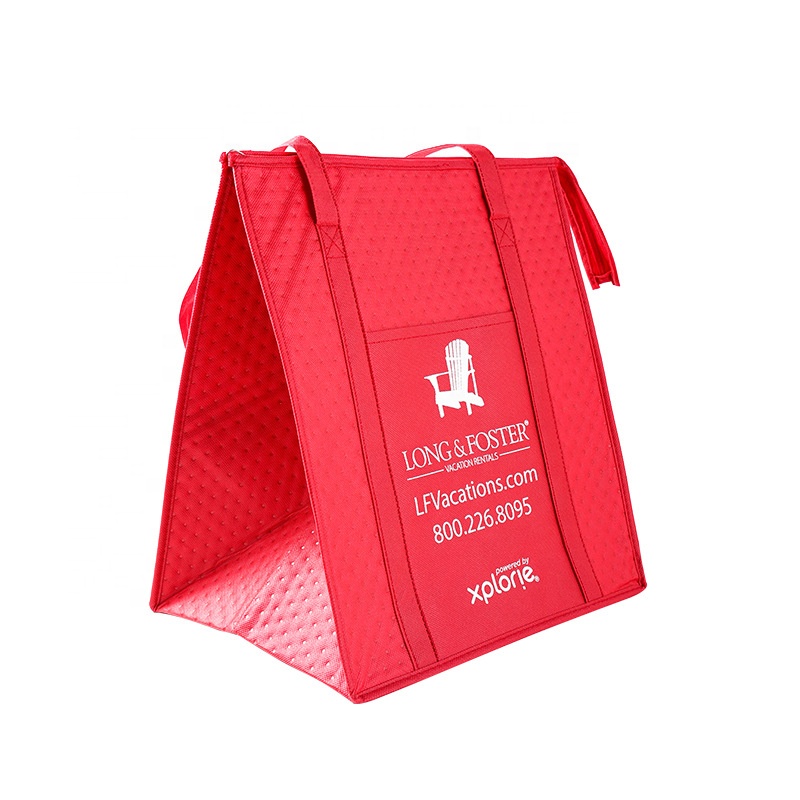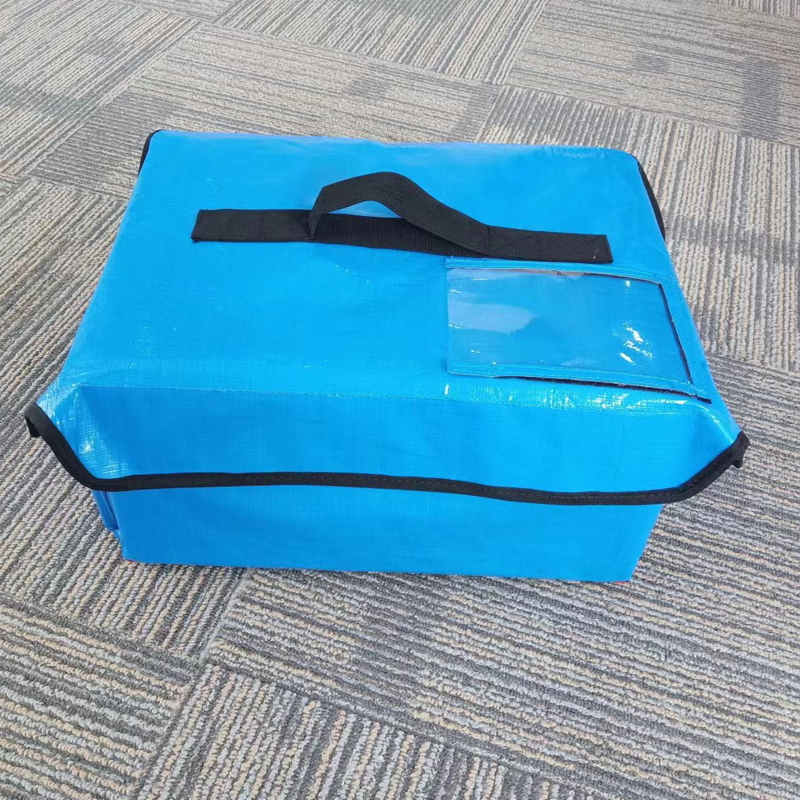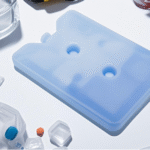Cool Packs for Injuries: Your First – المساعدات الأساسية
Life is full of unexpected twists and turns, and unfortunately, injuries are often an unwelcome part of the journey. Whether you’re an enthusiastic athlete who suffers a sprain during a heated game, someone who stumbles and gets a bruise from a fall, or simply overdoes it at the gym and experiences a muscle strain, the resulting pain and swelling can be not only physically uncomfortable but also a major disruption to your daily routine. In such situations, cool packs emerge as a remarkably simple yet highly effective first – aid solution that can make a significant difference in the recovery process.
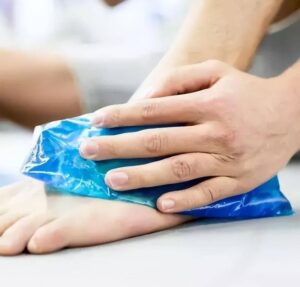
The Science Underpinning Cool Packs
When an injury occurs, the body’s intricate self – repair mechanisms kick into high gear. As part of the natural inflammatory response, the body rushes more blood to the affected area. This is a crucial step in the process of healing, as the increased blood flow brings essential nutrients and immune cells to repair the damaged tissue. لكن, this very increase in blood flow can lead to several unpleasant symptoms. The excess blood pooling in the area causes swelling, throbbing pain, and a visible redness.
Cool packs operate on a fundamental principle of thermodynamics. When applied to the injured site, the cold temperature they offer causes the blood vessels in the area to constrict. As these blood vessels narrow, the volume of blood flowing to the injury site is reduced. This reduction in blood flow is key to minimizing swelling, as there is less fluid accumulating in the tissues. It also helps to decrease the overall inflammatory response, as there are fewer inflammatory mediators being carried to the area by the blood. بالإضافة إلى ذلك, the cold has a numbing effect on the nerve endings in the injured area. This numbing sensation dulls the pain signals being sent to the brain, providing much – needed relief from the discomfort.
Optimal Timing for Cool Pack Application
The first 48 – 72 hours following an injury are a critical window for the use of cool packs. This is the acute phase of the injury, during which the body’s inflammatory response is at its most intense. Applying a cool pack as soon as possible after the injury occurs can have a profound impact on reducing the severity of swelling and pain.
Cool packs are particularly effective for soft – tissue injuries, which are very common in our daily lives. Sprains, where the ligaments are stretched or torn, strains, which involve muscle or tendon damage, and bruises, caused by blood vessels breaking under the skin, all respond well to cold therapy. على سبيل المثال, imagine you’re in the middle of an exciting basketball game, and you make a quick move that results in a twisted ankle. By promptly applying a cool pack, you can prevent the ankle from swelling up too much, which in turn can speed up the overall recovery process and get you back on your feet sooner.
Diverse Types of Cool Packs
Traditional Ice Packs
Traditional ice packs are perhaps the most well – known and commonly used type. These are typically made from a simple plastic bag filled with ice cubes. Their popularity stems from their affordability and ease of preparation at home. All you need is a plastic bag and some ice from your freezer, and you have a makeshift cool pack ready to use. لكن, they do come with a few drawbacks. كما يذوب الجليد, it can create a messy situation, with water dripping everywhere. علاوة على ذلك, their rigid form means they may not fit snugly around the body’s curves, potentially reducing their effectiveness in delivering cold therapy evenly to the injured area.
Gel Packs
Gel packs represent an upgrade in the world of cool packs. These are pre – filled with a specialized gel formula that has unique heat – retaining properties. This gel can stay cold for a much longer period compared to regular ice. One of the biggest advantages of gel packs is their flexibility. They can easily mold to the body’s contours, whether it’s the rounded shape of a knee, the delicate joints of the wrist, or the complex curves of an ankle. This ability to conform to the body ensures better contact with the injured area, maximizing the benefits of the cold therapy. بالإضافة إلى ذلك, gel packs are leak – دليل, eliminating the mess associated with melting ice, making them a more convenient option for use at home, in the office, or while on the go.
Instant Cold Packs
In emergency situations, instant cold packs are a game – changer. These packs contain two separate substances that are kept apart until needed. When you squeeze the pack, these substances mix, triggering an immediate chemical reaction. This reaction generates an instant cooling effect, providing rapid relief without the need for pre – freezing. This makes them an ideal choice for situations where immediate treatment is required, such as on – ال – field treatment for sports injuries or when dealing with sudden injuries at home.
Correct Usage of Cool Packs
- قبل – treatment Preparation: If you’re using a traditional ice pack, the process is straightforward. Simply fill a plastic bag with ice cubes, ensuring to seal it tightly to prevent any leaks. Gel packs, on the other hand, need to be stored in the freezer for a minimum of a few hours before use. This pre – freezing step is crucial to ensure they reach the optimal cold temperature for effective treatment.
- Duration of Application: Each application of the cool pack should last for 15 – 20 دقائق. It’s important to adhere to this time limit because prolonged exposure to cold can cause damage to the underlying tissues. The body’s tissues are sensitive to extreme cold, and over – exposure can lead to cell death and other complications.
- Frequency of Application: During the first 24 – 48 hours after the injury, it’s recommended to repeat the application every 1 – 2 ساعات. This regular application helps to maintain the cold therapy’s effectiveness in reducing swelling and pain. As the body starts to heal and the symptoms gradually improve, يمكنك تقليل تواتر التطبيق تدريجياً.
- Using a Barrier: Never apply a cool pack directly to the skin. Always place a thin cloth or towel between the cool pack and the skin. This barrier serves as a safeguard against frostbite, a condition where the skin and underlying tissues are damaged due to extreme cold exposure. Even a short period of direct contact with a cold pack can potentially cause frostbite, so this step is non – negotiable.
الاحتياطات الأساسية
- Sensitive Skin Considerations: Individuals with sensitive skin need to exercise extra caution when using cool packs. Their skin is more prone to cold – induced damage. If, during or after using a cool pack, you notice any signs of redness, قفا, أو خدر, it’s a clear indication that the cold is causing harm. In such cases, immediately stop using the cool pack and consult a medical professional.
- Medical Conditions Awareness: People with certain pre – existing medical conditions, such as poor circulation or Raynaud’s disease, should always consult a healthcare provider before using cool packs. In these conditions, the body’s response to cold can be abnormal. The cold can further constrict the already compromised blood vessels in the case of poor circulation or trigger more severe symptoms in those with Raynaud’s disease, leading to potentially serious complications.
في ملخص, cool packs are an invaluable addition to any first – aid kit. By delving into how they work, understanding the best times to use them, and learning the proper application techniques, you can effectively manage injuries and take a proactive step towards a faster and smoother recovery.






